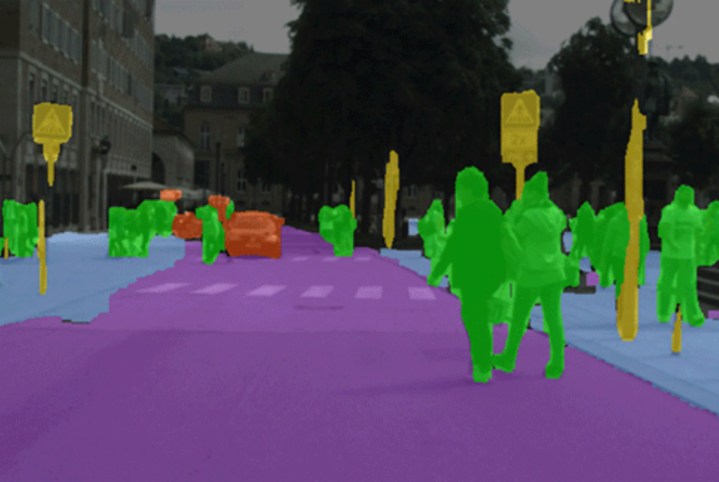
Tesla previously used a vision system from Mobileye for its Autopilot semi-autonomous platform. That relationship ended in terms of ongoing development during the summer, following a widely publicized fatality in a Tesla S when neither the Autopilot system nor the human driver noticed a truck crossing the road from the left.
At the time the split with Mobileye was announced, many assumed Tesla would develop its own vision system. CEO Elon Musk believes in bringing component development, manufacturing, and control in-house whenever practical and profitable, so creating its own Vision component made sense.
Now the story is, according to Electrek sources close to the Tesla Vision program, that rather than developing a vision module system on a chip (SoC), vehicle autonomous features will be supported by a full parallel computing platform based on Nvidia’s CUDA platform. Tesla has not confirmed or announced details about the system, but it sounds like Nvidia graphics processing units (GPUs) will be used to process the many images captured by the Tesla’s growing suite of sensors, cameras, and radar.
Incorporating more Nvidia components in Tesla’s Autopilot hardware makes sense for several reasons. Tesla already uses Nvidia processors in media control units and instrument clusters for the Model S and X. Even more strategic are Nvidia’s several autonomous and semi-autonomous driving platforms. The latest, the Nvidia Drive PXd 2 is a liquid-cooled, 12-core platform with a Pascal GPU. Referred to as the “World’s First AI Supercomputer for Self-Driving Cars,” the PX 2 is sufficient to fully support a Level 4 self-driving car. Level 4 refers to a vehicle that is capable of driving by itself with no human intervention under some conditions.
Another factor in the Nvidia Tesla alliance may be the fact that Nvidia CEO Jen-Hsun Huang is a huge Tesla fan, owning several Tesla models himself.
Editors' Recommendations
- Nvidia is serving up a major price cut on its best GPU
- Nvidia’s Drive Concierge will fill your car with screens
- Nvidia’s GTX 1630 may be up to 72% slower than the GTX 1650
- Nvidia may have an even more monstrous GPU coming up
- Elon Musk eyes 2024 for Tesla robotaxi sans steering wheel, pedals





